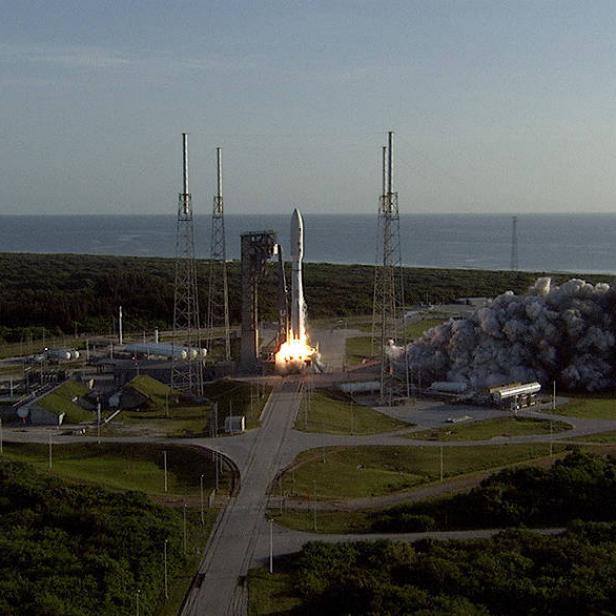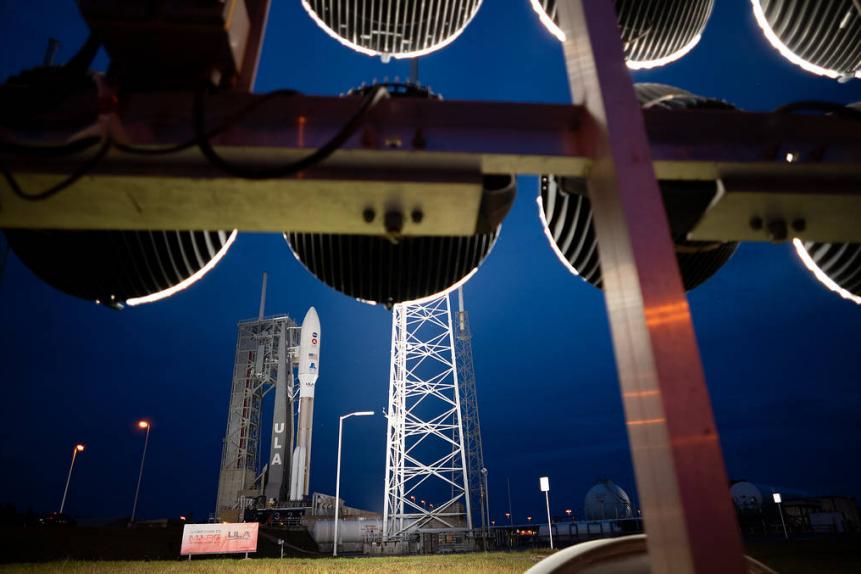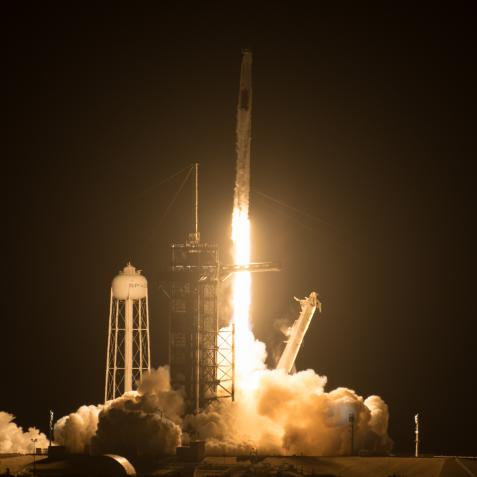
NASA
NASA's Perseverance Rover is on its Way to Mars!
On Thursday, July 30th at 7:50A ET in Cape Canaveral, Florida, NASA successfully launched its Mars Perseverance rover and Ingenuity helicopter into orbit with the help of a United Launch Alliance Atlas V 541 rocket. The mission? Search for signs of ancient life on the red planet.
But don't get your hopes up about human exploration of Mars just yet. According to NASA, "The Perseverance rover is part of its Mars Exploration Program, a long-term effort of robotic exploration of the Red Planet. The rover’s seven instruments will search for habitable conditions in the ancient past and signs of past microbial life on Mars." The trek alone is 7-months long and 300-million-miles.

NASA/Joel Kowsky
A United Launch Alliance Atlas V rocket with NASA’s Mars 2020 Perseverance rover onboard is seen illuminated by spotlights on the launch pad at Space Launch Complex 41, Tuesday, July 28, 2020, at Cape Canaveral Air Force Station in Florida.
Depending on the evidence the rover gathers, it may help pave the way for human exploration of the red planet one day. Until then, here's everything you need to know leading up to the launch and the mission.
More On Mars Exploration
SPACE OUTAstophysicist Paul M. Sutter talks about NASA's Mars rover and muses about whether there will ever be a colony on Mars.
Red Rover, Red Rover, Send Perseverance Right Over
A few years ago, after the successful deployment of the Curiosity rover on Mars, the folks at NASA envisioned a bold new plan to send another mission to the red planet. The mission was scheduled to depart in the then-futuristic year of 2020.
Will a Colony on Mars Ever Be Feasible?
We’ve all seen the movies. Tunnels cut through the red rock. Giant glass domes stretching from one end of a crater rim to another. Hydroponics. Lots and lots of hydroponics. But Mars is… a challenge.




















